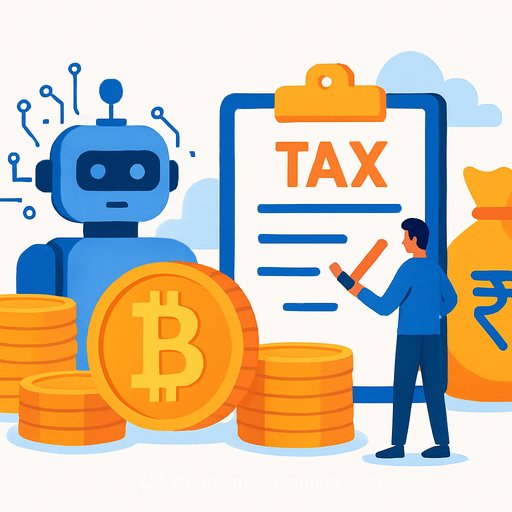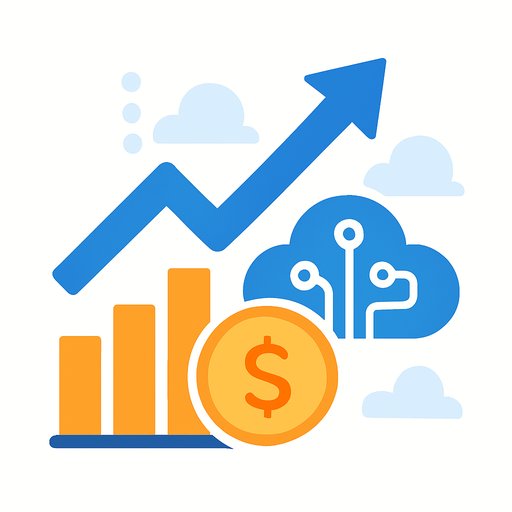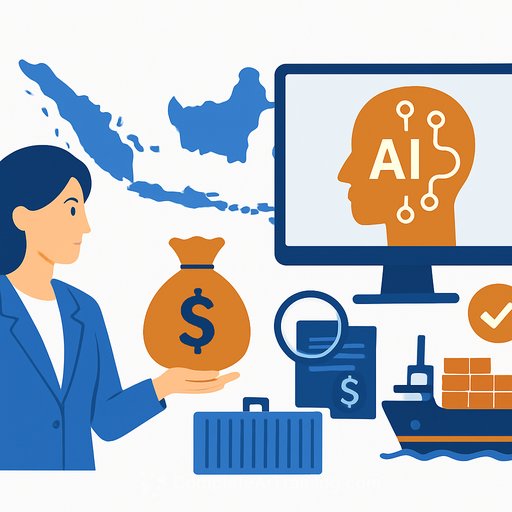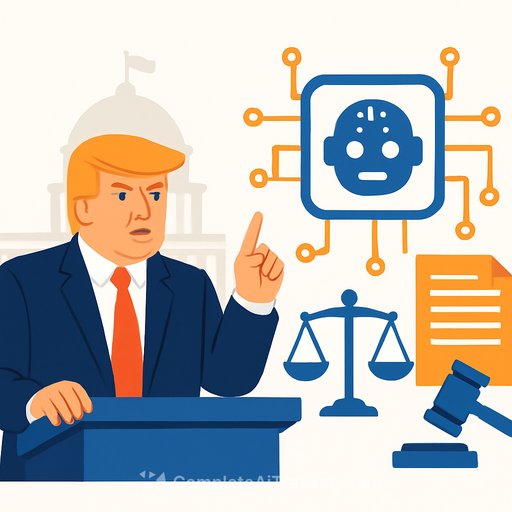Government Cracks Down on Crypto Tax Evasion Using AI, Collects ₹437 Crore from VDAs in FY23
The Income Tax Department has collected Rs 437 crore from virtual digital asset (VDA) income in the financial year 2022–23, leveraging artificial intelligence (AI) and data analytics tools. This marks a significant step in tightening tax compliance within India’s cryptocurrency sector.
To boost enforcement, the government is investing in specialised training programs that equip tax officers with skills in digital forensics and blockchain analysis. These initiatives aim to improve the monitoring and investigation of VDA-related transactions.
AI and Data Analytics in Tax Compliance
The government is using AI-powered tools to identify tax evasion related to VDAs more effectively. By analysing data from income tax returns and reports filed by Virtual Asset Service Providers (VASPs), authorities can detect discrepancies and unreported income.
Although real-time matching of VDA transactions between taxpayers and VASPs is not yet implemented, the Income Tax Department identifies inconsistencies through Tax Deducted at Source (TDS) returns and income tax filings. The Central Board of Direct Taxes (CBDT) has also launched the NUDGE campaign, which sends reminders to taxpayers who have failed to report VDA transactions exceeding Rs 1 lakh.
Capacity-Building for Officers
Recognising the technical challenges in tracking digital assets, the government is conducting workshops, webinars, and short-term training programs in collaboration with institutions such as the National Forensic Science University (NFSU), Goa. These programs focus on:
- Digital forensics
- Blockchain transaction analysis
- Handling and verification of digital evidence
These efforts enhance the ability of tax officers to conduct thorough investigations into VDA transactions.
Legislative and Technological Measures
The tax on income from the transfer of VDAs was introduced under section 115BBH of the Income Tax Act starting FY 2022–23. While there are no official estimates on revenue loss due to under-reporting, the government utilises systems like the Non-Filer Monitoring System (NMS) and Project Insight. These tools cross-check information across multiple databases to identify mismatches in declared income.
This approach reflects a clear commitment to improving tax collection and compliance in the digital asset sector, which continues to grow in India.
Parliamentary Engagement and Future Outlook
Members of Parliament, including Lavu Sri Krishna Devarayalu and G M Harish Balayogi, have sought updates on tax collection figures, estimated losses, and the AI tools employed. Their queries have highlighted the government's focus on transparency and enforcement challenges.
The ongoing adoption of AI, combined with targeted training, signals a move towards more sophisticated tax administration. As digital assets gain wider adoption, these measures will help ensure tax obligations are met consistently.
For professionals interested in the intersection of AI and finance, exploring specialised AI training in areas like digital forensics and data analytics can offer valuable skills. Relevant courses can be found at Complete AI Training – Latest AI Courses.
Your membership also unlocks:










